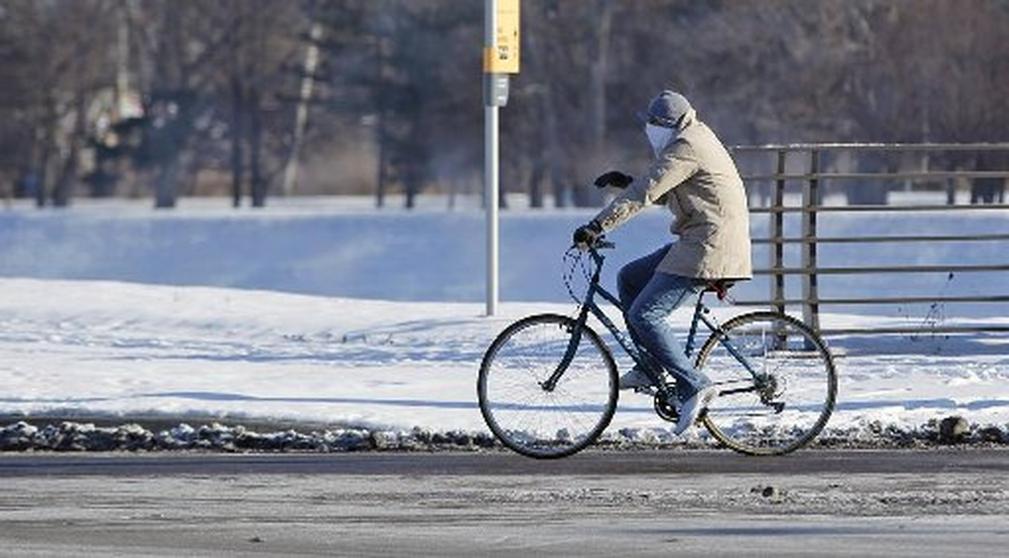
What’s a Polar Vortex?
According to the National Weather Service, the polar vortex is a large area of low pressure and cold air surrounding both of the Earth’s poles. It ALWAYS exists near the poles, but weakens in summer and strengthens in winter.
The term “vortex” refers to the counter-clockwise flow of air that helps keep the colder air near the Poles. Many times during winter in the northern hemisphere, the polar vortex will expand, sending cold air southward with the jet stream. This occurs fairly regularly during wintertime, but some cold outbreaks are more extreme than others.
You may remember the arctic cold associated with a polar vortex in early January 2014. Columbus, Cincinnati, and Dayton all broke records for coldest daily low temperatures combined with spending more than 20 consecutive hours below zero.
It wasn’t just the cold, but more the wind chills that made that outbreak so extreme. Some of the coldest wind chill readings surpassed 40 below zero.
When can we expect it?
At times it’s been accompanied by sub-zero temperatures and wind chills, but nothing as cold as what’s expected for Wednesday.
Wind chills early Wednesday morning will range between 25 to 35 below zero with the potential for isolated colder spots north of Dayton. Wind chill warnings will likely be issued across southwest Ohio. These warnings are issued by the National Weather Service when wind chills are expected to reach 25 below zero or less with winds of at least 6pmh.
Staying Safe
Preparing for extreme cold is not much different than preparing for other types of winter weather events. Check the forecast, adjust your schedule to avoid being outside during extreme conditions, protect your pets and livestock, fill up your gas tank, dress appropriately and make sure your car has a winter survival kit are all keys to staying safe.
Hypothermia and frostbite
Being overexposed to frigid wind chill such as these can be extremely dangerous.
Frostbite may be the first symptoms of being out in the cold for too long. Wind chills of this magnitude may lead to frostbite in as little as 30 minutes. Some signs of frostbite include redness or pain in the skin followed by a white or grayish-yellow look to the skin and feels unusually waxy or firm. Unfortunately, victims of frostbite are often unaware because frozen tissue becomes numb.
Hypothermia is a more serious health hazard and can become deadly if not tended to quickly. The normal body temperature is 98.6 degrees, but did you know if the body temperatures fall to 96 degrees, you’ve already entered hypothermia?
Signs of hypothermia include shivering, exhaustion, confusion, memory loss, slurred speech, and drowsiness. Like during extreme heat, infants and the elderly are more susceptible to cold. Signs of infants going into hypothermia include bright red, cold skin and very low energy.
It’s also important to remember to keep our pets warm, too! While they have warmer coats, these cold temperatures are just as dangerous and perhaps life-threatening. Hypothermia symptoms for pets include shaking, shallow breathing, weakness, pale or blue gums, and muscle stiffness.
This too shall pass, but there will be plenty more cold and snowy days to come until the end of winter. Just think warm thoughts — Spring is only 50 days away!
























